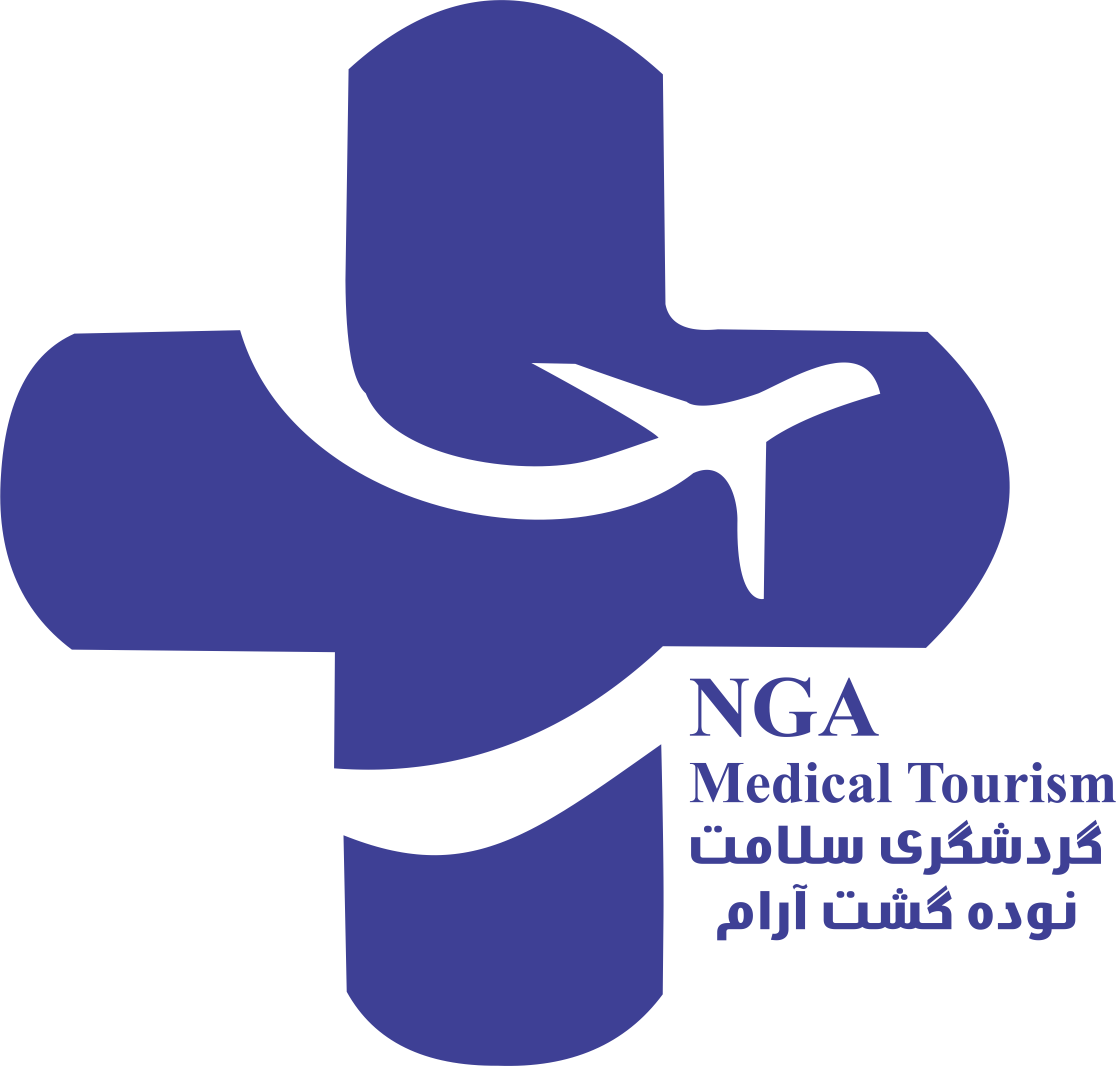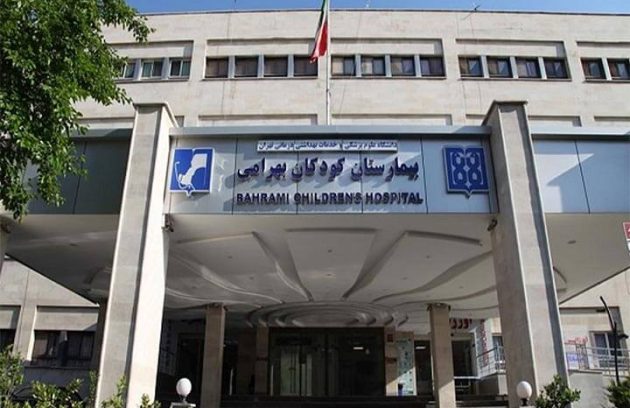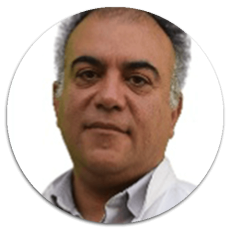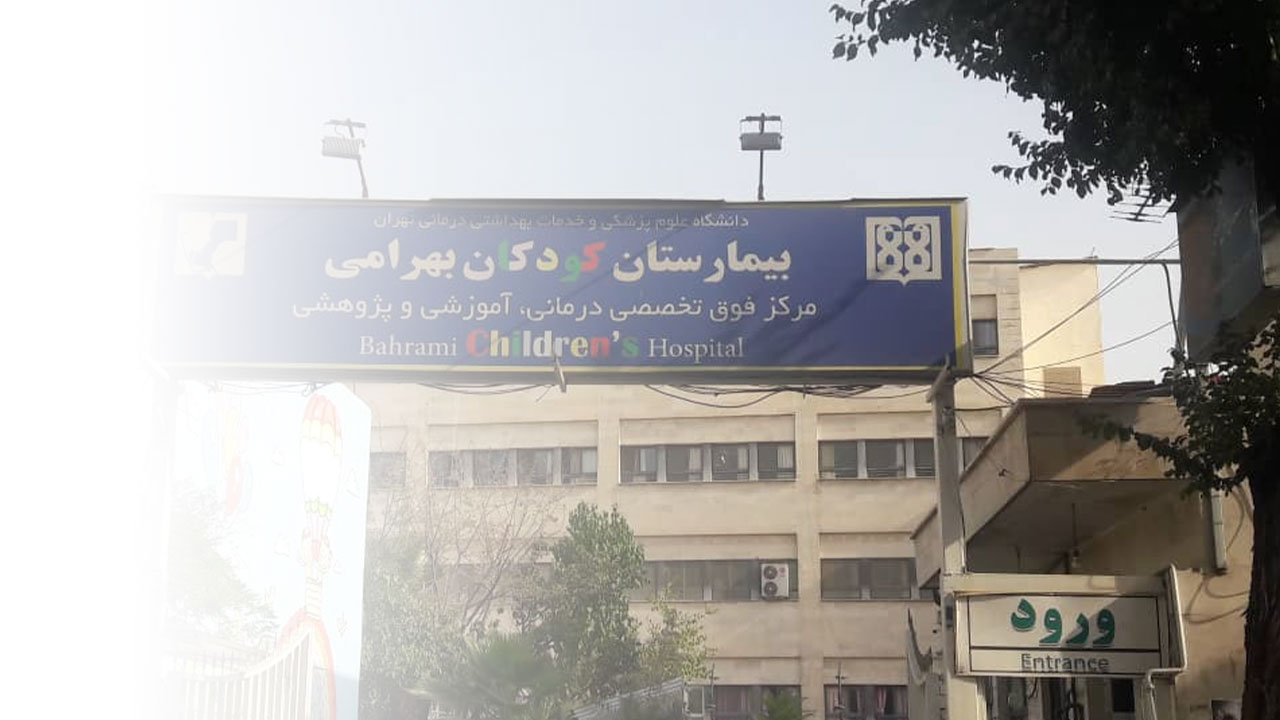 درخواست وقت ملاقات
درخواست وقت ملاقاتلورم ایپسوم متن ساختگی
با تولید سادگی نامفهوم
Proximal hypospadias repair
Distal hypospadias repair
Recurrent hypospadias repair
دارای برترین خدمات
پزشکی در کشور
Hospital
Bahrami
 درخواست وقت ملاقات
درخواست وقت ملاقاتلورم ایپسوم متن ساختگی
با تولید سادگی نامفهوم
Epispadias repair
Urinary reflux correction
Pelvic stenosis correction for ureteral stenosis
دارای برترین خدمات
پزشکی در کشور
Hospital
Bahrami


Congenital anus surgery in Iran/Tehran

Unilateral cleft lip repair in Iran/Tehran

Bilateral cleft lip repair in Iran/Tehran
Bahrami Hospital in Iran / Tehran
Behrami Children’s Hospital is a private hospital located in Tehran, Iran. The hospital specializes in providing healthcare services for children and infants, and includes several different departments such as general medicine, surgery, intensive care, emergency, radiology, and medical laboratories.
Behrami Children’s Hospital is considered one of the best hospitals in Iran for providing healthcare services for children, with a team of qualified and specialized doctors in various medical specialties for children. The hospital also provides outstanding services in the areas of physical therapy, rehabilitation, proper nutrition, mental health, and psychotherapy.
The hospital is distinguished by its modern and advanced medical equipment, and follows the latest medical and administrative procedures to provide the best healthcare services for children. The hospital also focuses on providing a comfortable and safe environment for children and their families, and works to provide comprehensive care for children through a multidisciplinary team.

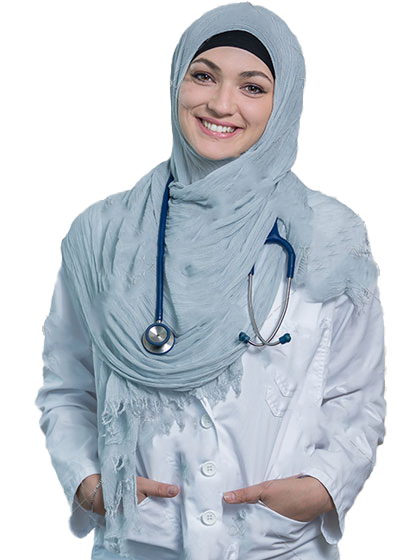
Our specialized clinics in Bahrami Children's Hospital in Iran / Tehran

Diseases treated in the Health Tourism Department of Bahrami Children's Hospital
Health tourism services are provided at Behrami Children’s Hospital to treat a wide range of diseases and health conditions that affect children. Among these diseases are:
1. Anal atresia repair:
Anal atresia is a genetic condition characterized by the presence of an opening in the lower part of the large intestine, which opens directly onto the skin surface in the anal area. This condition can be treated through an operation called anal atresia repair.
Anal atresia repair is performed by a qualified surgeon and involves closing the atresia opening and redirecting the large intestine to its natural position in the abdomen. The operation is usually performed under general or local anesthesia and is typically done within the first week of life.
After the operation, the wound is monitored and dressings are changed regularly. Necessary medication and dietary advice are provided to ensure the child’s proper recovery. The prognosis is usually good, and the child can lead a normal life after the operation.
2. Colonic or intestinal fistula repair:
Colonic or intestinal fistula is a rare and genetic condition that can occur in infants, but can also appear at any age. It is characterized by a rupture or opening in the lower part of the large intestine or colon, which opens directly onto the skin surface in the anal area.
Colonic or intestinal fistula is treated through anal atresia repair, which involves closing the fistula opening and redirecting the large intestine to its natural position in the abdomen. The operation is performed by a qualified surgeon under general or local anesthesia, and the appropriate type of surgery is determined based on the size and location of the fistula.
After the operation, the wound is monitored, and dressings are changed regularly. Necessary medication and dietary advice are provided to facilitate the patient’s proper recovery. The prognosis is usually good, and the patient can lead a normal life after the operation.
3. Unilateral cleft lip repair:
Unilateral cleft lip, also known as one-sided cleft lip, is a common genetic condition characterized by a cleft in one lip or the right or left side of the lip. Unilateral cleft lip is usually treated through a corrective lip surgery.
The surgery is usually performed in the first few months of life and takes about two hours. The surgeon closes the cleft using stitches, and the appropriate type of stitches is determined based on the size and location of the cleft.
After the operation, the wound is monitored, and dressings are changed regularly. Necessary medication and dietary advice are provided to facilitate the child’s proper recovery. The appropriate follow-up sessions are determined to monitor the proper development of the lip, gums, and jaws.
The prognosis is usually good, and the child can lead a normal life after the surgery. However, additional treatment may be needed in the future, such as correcting a cleft palate if the child is affected.
4. Repairing Bilateral Cleft Lip:
Bilateral cleft lip is a rare genetic condition characterized by a split in both the upper lip and the palate at the same time. Bilateral cleft lip is usually treated with corrective surgery of the lip and palate.
The procedure typically takes about three hours and involves closing the clefts in the lip and palate using stitches. The appropriate type of stitches is determined based on the size and location of the clefts, and several sessions may be required to complete the treatment.
After the surgery, the wound is monitored and the dressings are changed regularly. Necessary medication and nutritional advice are provided to facilitate the child’s proper recovery. Suitable follow-up sessions are also scheduled to monitor the proper development of the lip and palate.
The prognosis is usually good, and the child can lead a normal life after the surgery. However, additional treatment may be required in the future, such as corrective gum or jaw surgery. Parents should provide emotional and psychological support to the child during the recovery period and work with the healthcare team to provide optimal treatment for the child.
5. Repairing Bladder Exstrophy:
Bladder exstrophy is a rare condition that mostly occurs in children. It is characterized by the bladder being turned inside out, causing difficulty in urination and recurrent bladder infections. Bladder exstrophy can be treated by surgically repositioning the bladder to its normal position.
This surgery is performed by a qualified surgeon and involves repositioning the bladder to its normal position using either traditional or modern robotic surgery techniques. The procedure is performed under general anesthesia and can take a few hours.
After the surgery, the patient requires a recovery period ranging from a few weeks to several months. Necessary medication and nutritional advice are provided to facilitate proper recovery. Suitable follow-up sessions are also scheduled to monitor the proper development of the disease. The prognosis is usually good, and the patient can lead a normal life after the surgery.
6. Repairing Congenital Diaphragmatic Hernia:
Congenital diaphragmatic hernia is a common genetic condition characterized by a hole in the diaphragm that separates the chest from the abdomen, allowing parts of the intestines or other organs to protrude into the chest. Congenital diaphragmatic hernia can be treated by repairing the diaphragm.
Repairing the diaphragm involves closing the congenital hole and redirecting the damaged intestines or organs to their normal position in the abdomen. The surgery is performed by a qualified surgeon under general anesthesia and usually takes a few hours.
After the surgery, the wound is monitored and the dressings are changed regularly. Necessary medication and nutritional advice are provided to facilitate proper recovery. Suitable follow-up sessions are also scheduled to monitor the proper development of the diaphragm and adjacent organs.
The prognosis is usually good, and the patient can lead a normal life after the surgery. However, additional treatment may be required in the future, such as corrective bowel surgery if the child is affected. Parents should provide emotional and psychological support to the patient during the recovery period and work with the healthcare team to provide optimal treatment for the patient.
Tourism services in the Health Tourism Department of Bahrami Hospital
Tourism Services in Behrāmī Hospital’s Health Tourism Department
The tourism services in Behrāmī Hospital’s health tourism department include:
Coordination and necessary arrangements for the foreign patient’s trip to Iran, including visa arrangements, hotel reservations, and transportation arrangements.
Reception of foreign patients at the airport and safe transportation to the hospital.
Providing a qualified interpreter for the foreign patient during the treatment period, so that the patient can communicate with doctors and nurses and understand medical instructions correctly.
Arrangements for accommodation in a hotel or furnished apartment during the treatment period.
Arrangements for transportation between the hospital and the place of accommodation.
Organizing tourist and cultural activities for foreign patients and their families after the treatment period, to enjoy visiting tourist attractions and getting to know Iranian culture.
These services are provided with high quality and reasonable prices. Behrāmī Hospital strives to provide a comprehensive experience for foreign patients by offering necessary medical care and tourism services that help reduce stress and improve comfort and relaxation during the treatment period.
What diseases does Bahrami Children's Hospital offer occupational therapy?
Behrāmī Children’s Hospital is a specialized hospital that provides a wide range of specialized medical services to children with various diseases. Among the diseases that the hospital provides professional treatment for are:
1. Cardiovascular diseases: The hospital diagnoses and treats children with cardiovascular diseases, including congenital heart defects.
2. Respiratory diseases: Children with respiratory diseases such as asthma, bronchitis, and pneumonia are diagnosed and treated.
3. Digestive system diseases: The hospital diagnoses and treats children with digestive system diseases, such as intestinal inflammation, liver inflammation, and gallbladder inflammation.
4. Blood diseases: The hospital diagnoses and treats children with blood diseases, such as anemia, tissue diseases, and blood tumors.
5. Nervous system diseases: The hospital diagnoses and treats children with nervous system diseases, such as epilepsy, cerebral palsy, and autism.
6. Infant diseases: The hospital diagnoses and treats diseases that affect infants, such as diarrhea, vomiting, and ear infections.
These services and more are provided at Behrāmī Children’s Hospital, where comprehensive healthcare is provided to children that caters to their special needs.

Treatment of congenital anus anoplasty in Bahrami Hospital, Iran
Behrāmī Children’s Hospital in Iran provides professional treatment for repairing congenital anal fistula, a condition that occurs in newborns and involves an abnormal opening in the lower part of the back wall of the anus.
Congenital anal fistula repair is treated with surgery, where the abnormal fistula is closed, and the intestine is redirected to its natural position in the body. The surgery is performed under general anesthesia for the child, and appropriate pain relief and anesthesia are provided.
After surgery, the child needs a recovery period ranging from a few weeks to several months, and the necessary medication and dietary advice are provided to facilitate proper recovery. Appropriate follow-up sessions are also scheduled to monitor the proper development of the disease. Generally, the expected outcome is good, and the child can live a normal life after surgery.
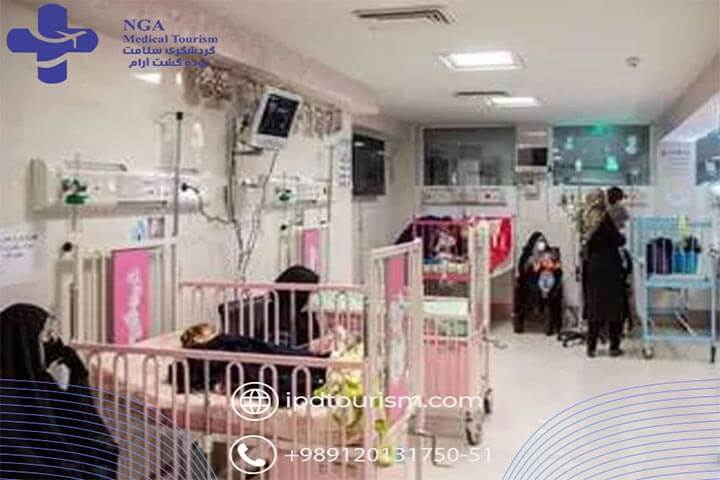
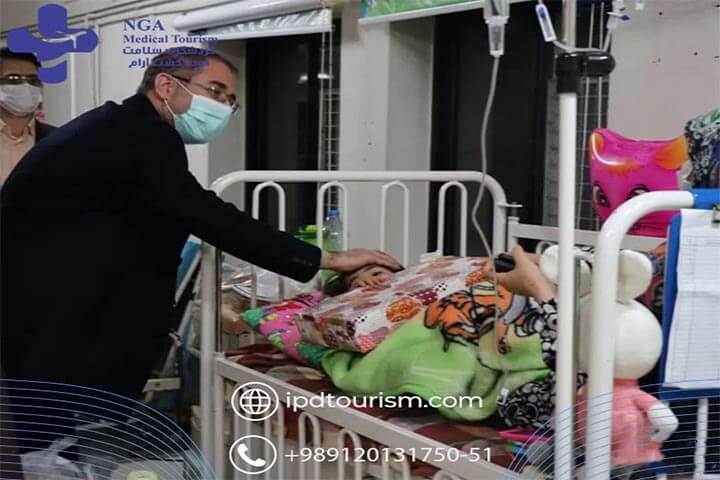
Treatment of unilateral cleft lip at Behrama Hospital in Iran.
Repairing unilateral cleft lip is a common surgical procedure performed at Behrāmī Children’s Hospital in Iran. Unilateral cleft lip is diagnosed by the doctor following a clinical examination and medical history of the patient, and treatment is through surgery.
The surgical method used to repair unilateral cleft lip depends on the size and location of the cleft, as well as any other defects that may be present in the jaw, teeth, and throat. It is important to work with a qualified and experienced surgeon in this field, as the surgery is performed under general anesthesia.
Surgeons typically close the cleft that separates the lip, and reshape the tissues of the lip, gum, bone, and teeth in their proper place. The necessary pain relief and anesthesia are provided after surgery.
Patients require a recovery period ranging from a few weeks to several months, during which necessary medication and dietary advice are provided to facilitate proper recovery. Appropriate follow-up sessions are also scheduled to monitor the proper development of the lip, teeth, gum, and jaw, and to determine the necessary treatment in case of any complications.
Bilateral cleft lip treatment at Bahrami Hospital, Iran
Repairing bilateral cleft lip is a type of congenital defect that occurs in children, and it is treated through surgery at Behrāmī Children’s Hospital in Iran.
Bilateral cleft lip is diagnosed by the doctor following a clinical examination and medical history of the patient, and treatment is through surgery. Repairing bilateral cleft lip requires working with an expert surgical team with experience in this field.
The surgical method used to repair bilateral cleft lip depends on the size and location of the cleft, as well as any other defects that may be present in the jaw, teeth, and throat. Surgeons typically reshape the tissues of the lip, gum, bone, and teeth in their proper place, and the treatment may also include reshaping the hard and soft palate.
Repairing bilateral cleft lip requires general anesthesia for the child, and the necessary pain relief and anesthesia are provided after surgery. After surgery, the child requires a recovery period ranging from a few weeks to several months, during which necessary medication and dietary advice are provided to facilitate proper recovery.
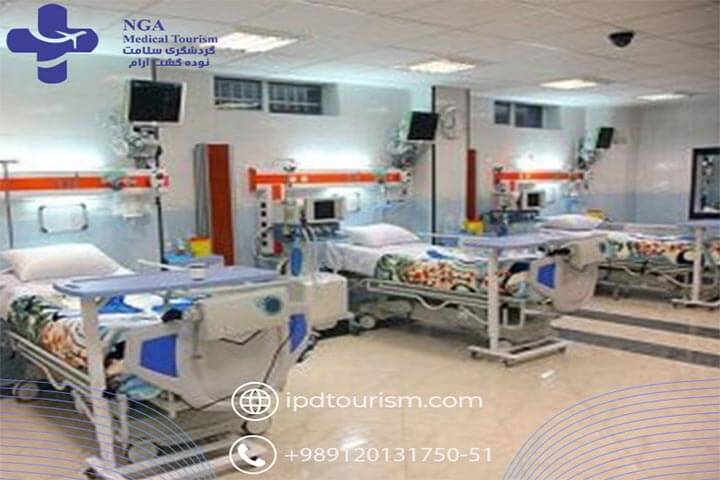
Bladder inversion treatment at Bahrami Hospital in Iran
Bladder prolapse is a condition that can occur in both children and adults, in which the bladder flips over onto itself, leading to urine flow to the ureter or kidney. Bladder prolapse can be treated at Behrāmī Hospital in Iran by qualified and experienced surgeons in this field.
Bladder prolapse is diagnosed by a medical examination and evaluation of symptoms, and may require additional tests such as X-rays or MRI scans.
The methods of treating bladder prolapse at Behrāmī Hospital in Iran usually include abdominal fixation surgery to restore the bladder to its natural position. The surgery is performed by a qualified and experienced surgical team, where the bladder is repositioned in the correct place in the abdomen. The surgery is performed under general anesthesia for the patient.
After surgery, the patient requires a recovery period ranging from a few weeks to several months, during which necessary medication and dietary advice are provided to facilitate proper recovery. Appropriate follow-up sessions are also scheduled to monitor the proper development of the condition, and to determine the necessary treatment in case of any complications.
Parents should provide psychological and emotional support for the child or patient during the recovery period, and work with the healthcare team to provide optimal treatment for the condition. Treatment should be performed at a qualified hospital by a specialized and qualified surgeon to handle this type of surgery.
specialist doctor
FAQ
External bladder prolapse in male child
Exstrophy of the bladder is a rare birth defect in which the bladder forms outside the fetus’s body. The exposed bladder will not be able to store urine or function normally, leading to urine leakage (urinary incontinence). The problems resulting from exstrophy of the bladder can vary in severity.
Vitamin A.
Chemotherapy drugs. Inflammatory diseases, such as Crohn’s disease. Dehydration. Overproduction of saliva, which can worsen lip cracking and lead to inflammation and bilateral cleft lip, allowing bacteria to enter through the cracks and cause infection.

